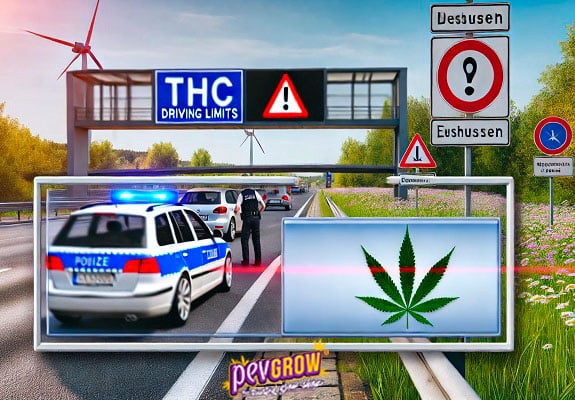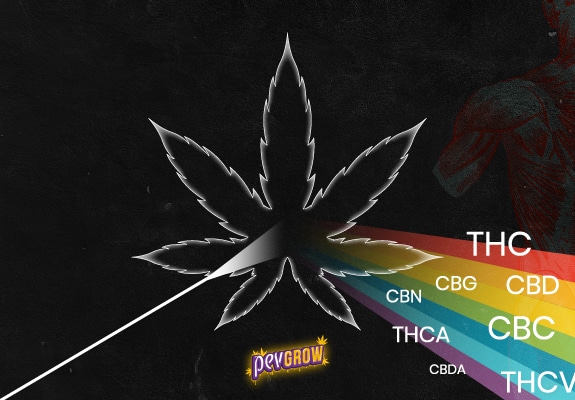- Legalization of Recreational Cannabis in Germany
- CannGo Revolutionizes Access to Medical Cannabis in Germany


In constant struggle for the regulation of cannabis, mainly in the medicinal field.
07-08-2024 06:27:26 - Updated: 7 August, 2024
Germany has set a significant precedent in cannabis regulation by introducing a limit of 3.5 nanograms of THC per milliliter of blood for drivers. This measure, implemented from April 1, 2024, is part of a comprehensive reform that partially legalizes cannabis for recreational use, allowing adults to possess up to 25 grams and grow up to three plants at home. However, the focus on road safety has been one of the most debated aspects of this new legislation.
⏰ International Context
The German initiative is not isolated; it aligns with a growing global approach to regulate cannabis use and ensure road safety. In countries like Canada and several U.S. states, similar limits for THC in blood have been implemented. These countries have set thresholds ranging from 2 to 5 nanograms per milliliter, varying according to local policies and study results on the impact of THC on driving. The adoption of these limits reflects a global effort to balance consumer rights with the responsibility of maintaining public safety.
⚠️ What Does the 3.5 Nanogram Limit Mean?
The value of 3.5 nanograms of THC per milliliter of blood has been determined as a benchmark for impairment, similar to the blood alcohol limit. However, THC and alcohol affect the body differently. While alcohol has a more direct relationship between blood concentration and impairment, THC can have residual effects despite low blood levels. This is especially relevant given that THC is stored in fatty tissues and can be released slowly, maintaining detectable levels long after the intoxicating effects have worn off.
Determining the impact of this amount in terms of actual consumption varies. A joint with moderate THC content could raise blood levels above the legal limit, depending on the frequency of use and the individual’s tolerance. Even a few puffs can be enough to exceed this threshold, especially if it is high-THC cannabis.
📢 Debate on the Effectiveness of THC Measurement
The measure of establishing a THC blood limit has sparked considerable debate. While some argue that any amount of THC in the blood could compromise road safety, others highlight the lack of direct correlation between THC levels and impairment in driving ability. This uncertainty raises questions about the fairness of penalties for those who may not be impaired but still show residual THC levels in their blood.
Moreover, THC can remain in the system for days or weeks after consumption, especially in frequent users. This means that a person can have detectable THC levels without being under psychoactive effects, complicating the implementation of laws based solely on the presence of THC.
🎯 Benefits and Limitations of the New Regulation
The implementation of a THC limit is a proactive measure to prevent cannabis-related accidents, but it is not without its challenges. It provides a clear framework for law enforcement and sets expectations for cannabis users. However, it also faces criticism for not fully considering the complexities of how THC affects different individuals.
Ultimately, the legislation seeks a balanced solution that allows recreational cannabis use without compromising public safety. Germany thus joins a growing number of countries navigating the challenges of regulating this substance in an era of progressive legalization. The effectiveness of these laws and their long-term impact on road safety will be subjects of ongoing study and adjustment.
🚀 Conclusions and Pevgrow’s Opinion
At Pevgrow, we believe this measure can be a good starting point in trying to balance the rights of cannabis consumers with the rights of other people, but it does not seem very practical to detect THC in blood instead of checking if the consumer has the minimum capabilities to drive. This is because cannabis does not act the same in all people, just as with other drugs, and this is compounded by the inability to measure the actual activity of THC in the blood, which in many cases can exceed that legal minimum without negatively affecting the person who has taken it.






I think it’s excellent to establish a maximum THC limit for drivers, following Germany’s example; it’s a necessary measure to improve road safety.